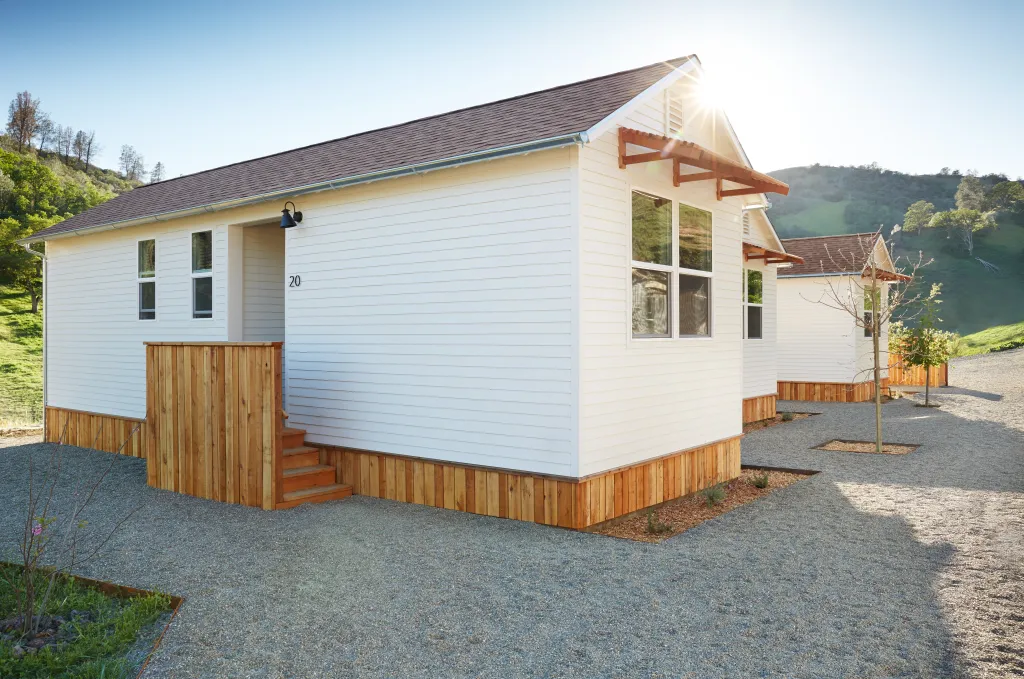Published October 29, 2024 • 7 Min Read
TLDR
-
Retirement dreams are personal, so take a tailored approach to determine your savings goal.
-
Look at both sides of your balance sheet. What income will be coming in, and what costs will you incur?
-
If you need to save more, speak to an advisor about options including RRSPs and TFSAs
The widespread belief that you need a million dollars to retire comfortably makes many Canadians worry that they’ve fallen behind. This “magic number” first gained traction in media and books as a straightforward rule of thumb for people to follow, but it may be time to retire it. With the cost of living higher than it has ever been, it can be difficult to imagine hitting that seven-figure savings mark. Well, what if you don’t have to?
Half of Canadians say their most important investment goal is to retire comfortably. But what does that mean and how much do you really need? The answer will be different for everyone. Not every person approaching retirement needs a million dollars in their accounts. Many factors can contribute to developing the right number for you.
More important than the million-dollar retirement goal is a focus on individual needs—deciding what you want your retirement to look like and figuring out how much that will cost. Your retirement savings goal may be lower than you think. That’s because the savings amount isn’t the only factor; it’s also about your expenses and managing your cashflow now to prepare for the future.
Here are some questions to help you reshape how much you think you need to retire. They’ll help clarify your goals and take stock of your assets and expenses.
When do you want to retire?
Not everyone wants to retire at the same stage in life. Some people sprint toward an early retirement, while others find meaning by continuing to work in some capacity beyond the average retirement age.
Canada’s average retirement age has been steadily rising over the last 20 years, with many people opting to work longer to compensate for today’s higher cost of living. In 2003, the average person retired before they turned 62; in 2023, the average retirement age is 65.
When you leave the workforce, or take a step back, you’ll need to consider how you will replace your income for any ongoing expenses, such as:
-
Existing mortgages, other loans or consumer debt
-
Supporting adult children or grandchildren
-
Caring for aging parents
Your target retirement age will affect how much money you’ll need. Canadians live to be 81 on average, according to Statistics Canada. This means if you decide to retire in your 50s, you’ll need to cover your expenses for approximately 20 to 40 years; but if you retire in your 60s, you’ll need to cover 15 to 30 years.
How will retirement change your current spending?
The next step is to consider your budget today and how it compares to the budget you’ll likely have in retirement. How much do you spend now on food, housing, utilities, gas and insurance? Are these costs likely to be stable, go up or go down?
There will likely be some tradeoffs. You may predict you’ll spend less on gas and car maintenance if you commute to work, for example, but more on dining out and excursions with friends once your work schedule is cleared.
Furthermore, you’ll need to consider new expenses in your balance sheet. Do you want to travel, go back to school or enjoy entertainment like live theatre more frequently? Figure these expenses into your future budget; you’ll need the savings to pay for them.
Don’t forget that costs may rise—although likely not as fast as in recent years. Canada’s inflation rate has cooled significantly from its 2022 peak and is finally on track to return to the Bank of Canada’s 2 per cent target by 2025. Inflation can be difficult to predict, but analysts don’t see cause for concern on the horizon. Your retirement income should factor 1 to 3 per cent inflation into your costs.
How much retirement income will you have?
This is where you’ll have to do some math to figure out how much income will be coming in from Employer Pensions, Canada Pension Plan (CPP), Old Age Security pension (OAS), the Guaranteed Income Supplement (GIS), personal savings and investments, and any rental income or income from part-time work.
Will the income generated be enough to pay for your retirement? Will you need to put more money towards your investments? Are you anticipating an inheritance or a property sale to provide more money towards retirement savings?
Don’t underestimate your potential income from CPP and OAS. The average monthly amount the CPP paid for a new retirement pension (at age 65) in April 2024 was $816.52, up to a maximum of $1,364.60. That’s a potential maximum annual income of $16,375.20 before tax. The amount you receive will depend on how much and for how long you have contributed to the CPP, in addition to your age when you want CPP to start.
One practical way to get a feel for your upcoming retirement budget is to try living within it for a few weeks. This will give you a sense of what’s to come, and you’ll have time to adjust either your plan or your expectations if necessary. Remember to stay flexible. In all likelihood, the lifestyle you pursue at the beginning of your retirement will be different from what you want 20 years later.
What are my options if I need to save more?
More than half of Canadians polled invest in a Registered Retirement Savings Plan (RRSP). If you’re not one of them, consider opening an account. This popular investment tool lets you save for retirement and may help you lower your tax bill, by allowing you to deduct RRSP contributions from your taxable income.
A complementary tool is a Tax-Free Savings Account (TFSA), which allows you to save for a big-ticket item or can also be used to save for retirement. For example, you might want to help pay for your adult child’s wedding or put money towards a down payment on their house. Funds to contribute to these life events can come out of your TFSA. You can withdraw tax-free at any time, for any reason.
If you’re wondering whether to invest in an RRSP or TFSA as retirement draws closer, consider your level of income, as this makes a difference. If you are earning a higher income and have RRSP contribution room left, investing this way can potentially lower your tax bracket; but if you’re working part-time or have a lower income, TFSA contributions might be right for you. Talking to an advisor will help you determine the right mix for your particular circumstances.
The bottom line
Retiring is a major life change with many moving parts. You can best prepare by talking to a financial advisor who can work with you to review where you stand and determine what you still need to do to reach your retirement goals. You might be surprised about how close you are to funding the retired life you want.
Financial planning services and investment advice are provided by Royal Mutual Funds Inc. (RMFI). RMFI, RBC Global Asset Management Inc., Royal Bank of Canada, Royal Trust Corporation of Canada and The Royal Trust Company are separate corporate entities which are affiliated. RMFI is licensed as a financial services firm in the province of Quebec.
This article is intended as general information only and is not to be relied upon as constituting legal, financial or other professional advice. A professional advisor should be consulted regarding your specific situation. Information presented is believed to be factual and up-to-date but we do not guarantee its accuracy and it should not be regarded as a complete analysis of the subjects discussed. All expressions of opinion reflect the judgment of the authors as of the date of publication and are subject to change. No endorsement of any third parties or their advice, opinions, information, products or services is expressly given or implied by Royal Bank of Canada or any of its affiliates.
Share This Article






